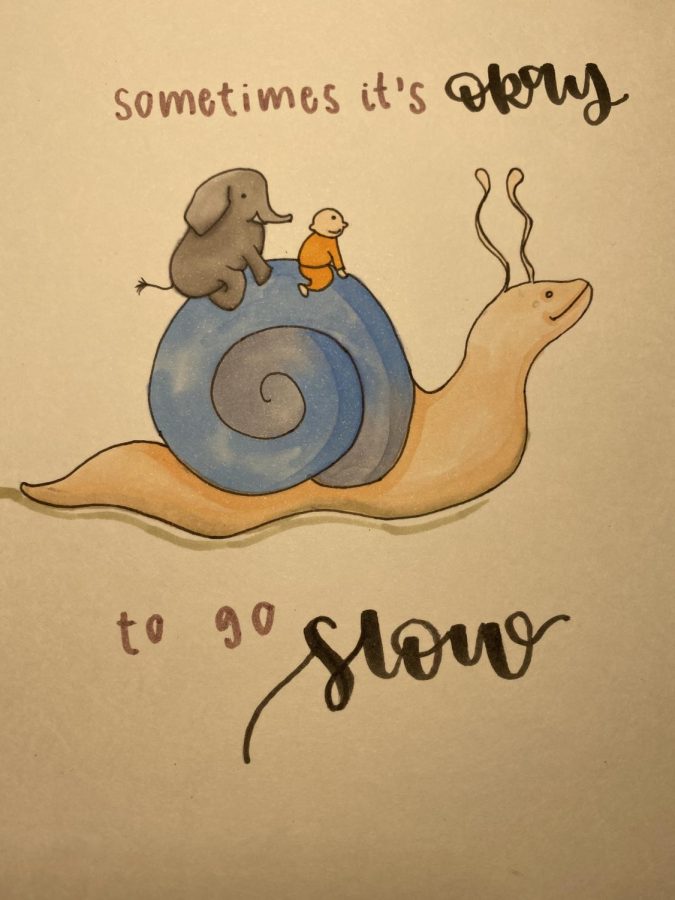The Meaning of Mindfulness
January 30, 2020
Mindfulness can have a different meaning for everyone. It can be a moment of peace in the day, a way to relax, or even just a pick-me-up to get someone through their day. People around the world use mindfulness in their everyday lives.
Meditation, as well as other forms of mindfulness, were brought to the United States in the 1960s and are still prevalent today. Many places and religions started practicing mindfulness far before the United States, realizing its benefits. According to Help Guide, “The cultivation of mindfulness has roots in Buddhism, but most religions include some type of prayer or meditation technique that helps shift your thoughts away from your usual preoccupations toward an appreciation of the moment and a larger perspective on life.”
As the research continues, people have started to realize the benefits of mindfulness. Studies have shown how mindfulness has improved not only a person’s mental health, but physical health, too.
What is truly important, yet seems forgotten at times, is the fact that mental health is equally as important as physical health. Studies have proven that mindfulness and meditation practice will help with mental health overall. People of all ages can agree that life can be very stressful at times. Practicing mindfulness can be helpful in the stressors of life, no matter how long the meditation is or where it is practiced.
The NIH states, “A 2014 review of the literature found that mindfulness meditation programs had moderate evidence of improved anxiety, depression, and pain, and low evidence of improved stress/distress and mental health-related quality of life.”
There are many ways that practicing mindfulness can help with a person’s physical health. According to Mayo Clinic, meditation and mindfulness can improve sleep, high blood pressure, and diabetes control.
People can practice mindfulness wherever they are, whenever they want. Anybody can practice it. There are many ways to do it, too. One example is through a free app, like Calm or Headspace, which is accessible to most people today. Other ways to stay mindful include breathing exercises and taking time to think about the present. There are also many categories of mindfulness such as body scan, sounds, or movement meditation.
Practicing mindfulness can be easy to do and effective. It may take time and patience, but anybody can practice at any time.








